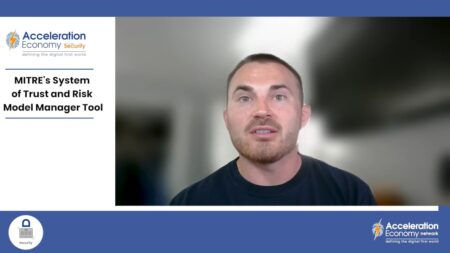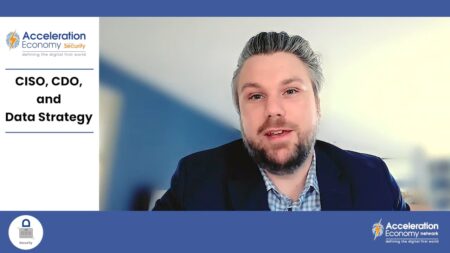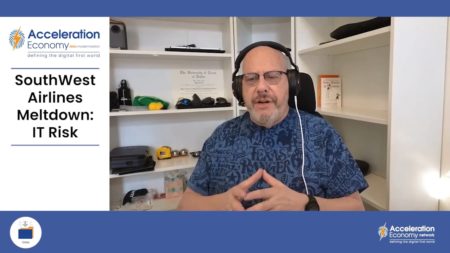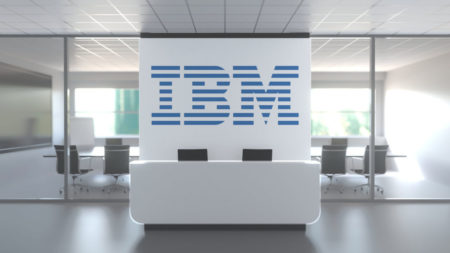CISOs and CFOs should collaborate to establish clear goals, enumerate data requirements, and identify supporting tools for financial automation projects while effectively managing risk.
risk
MITRE’s new System of Trust risk model manager and a community engagement group introduces another great resource for software supply chain security and risk management.
Contextualize what you need from data teams, so that they understand the why behind your ask, Rob Wood advises, as a way to build stronger relationships.
Rob Wood looks at why pinpointing the right data, and reaching consensus between data and security teams on that data, is critical for reducing risk.
As the pace of business accelerates, automating ERP processes helps companies remain competitive and achieve long-term success, says Kenny Mullican.
Endor Labs released a report that identifies the top 10 open source software risks, including known vulnerabilities, compromised legitimate packages, untracked dependencies, and more. Chis Hughes explains.
Robert Wood discusses the risks of data silos and provides three actionable steps for how to break them down or control their impact.
Kieron Allen analyzes Appian Data Fabric, a technology that looks to solve the issue of connecting siloed data across various ecosystems.
AI is increasingly mainstream, so it’s more important than ever to make sure that all organizations implement smart, unbiased security protocols.
Kenny Mullican explains how hyperautomation can have far-reaching implications on every aspect of a business – going well beyond IT.
Wayne Sadin explains why multiple updates to crew scheduling software SkySolver won’t fix Southwest Airlines technical debt issues.
Think your company is immune to a SWA-style meltdown? Not so fast. Wayne Sadin explains why CXOs must implement technology oversight in four key areas: capacity risk, project risk, disaster risk, and technical debt.
In episode 41, Wayne Sadin uses the airline’s recent flight cancellation crisis to demonstrate the need to look at all of your IT risks, not just one of them.
Artificial intelligence is now a front-line tool in combating cyber threats and delivering data-driven insights. AI expert and Acceleration Economy Practitioner Analyst, Ronak Mathur explores the capabilities of AI to bolster cybersecurity measures.
Analyst Robert Wood shares the three areas CISOs should focus on to improve their performance: data, supply chain risk, and team cultures.
CISO practitioner analyst Chris Hughes emphasizes why today’s CISOs need to prioritize their agenda to quantify risk, embrace zero trust, and fight talent burnout
HYCU founder and CEO Simon Taylor shares his perspective on hybrid/multi-cloud, ransomware, and keeping customers’ data safe.
Pushing its sweeping co-creation model with global banks to new levels, IBM will help these financial institutions become more secure, compliant, and resilient but also boost performance.
Here is a tale of two former bosses and their differing styles toward the supplier community. There’s a lesson here in that the low-risk option on the surface may be hurtful in the long run.
Janet looks at this year’s Verizon Data Breach Investigations Report (DBIR) and singles out a few facts that can help organizations evaluate risk in partnership strategy.




















